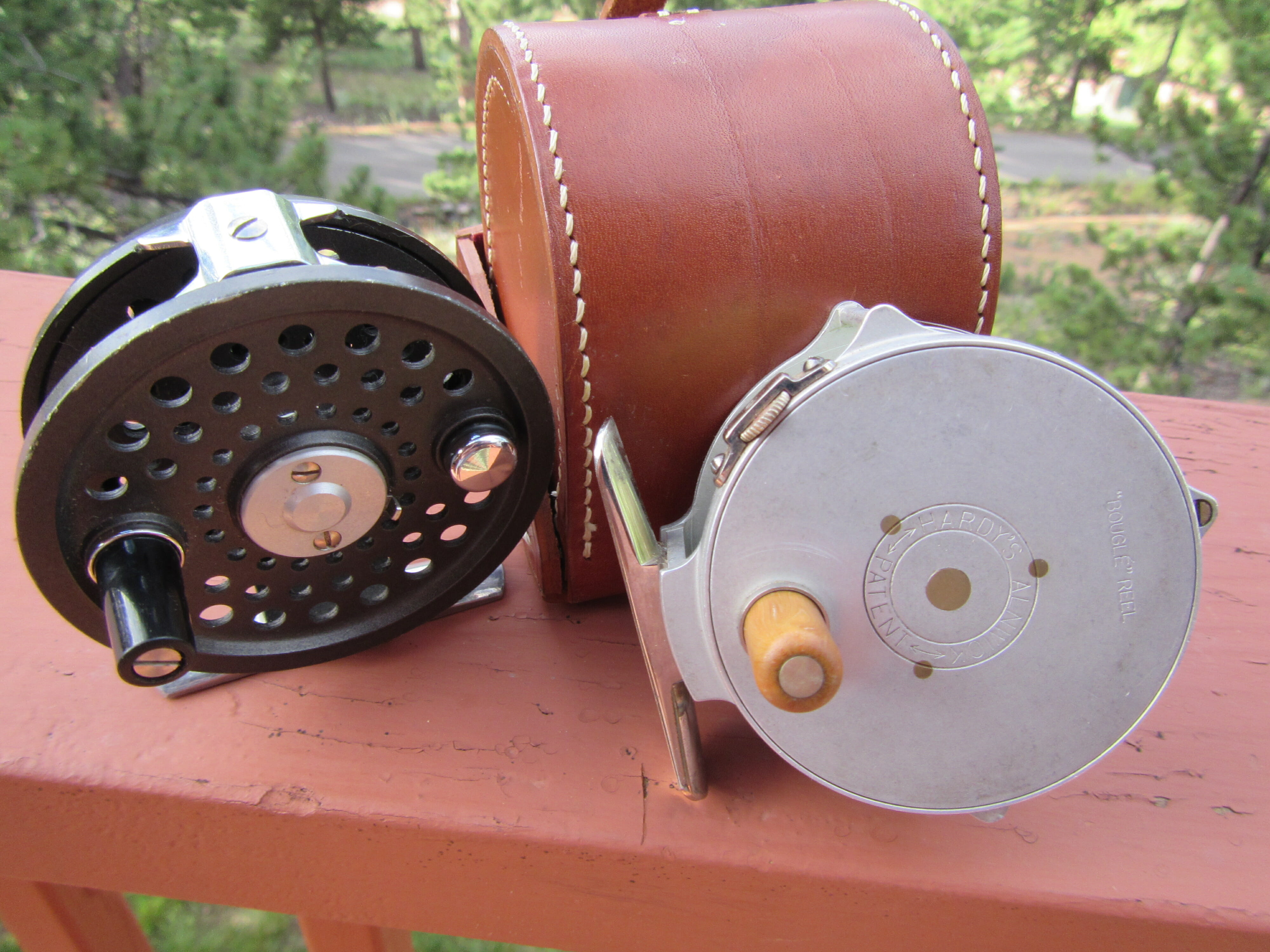I spent most of the past few weeks fishing only with click-and-pawl reels. That was mostly just for kicks. I have nothing against disc-drag reels (What are you kidding? I love disc-drag reels), but every now and then I get into palming the reel myself. And let’s face it, a click-and-
pawl reel sounds beautiful when a fish is tugging line off of it. I love that distinctive purr.
Let’s not avoid the other issue… click-and-pawls cost a lot less than the fancy drag reels do. It’s really hard to justify spending an extra few hundred bucks sometimes when you know that 99.99 percent of your reel’s practical function will be spooling up line when you aren’t casting it.
I’ve been fishing for trout for over 30 years now, and I honestly can only remember about two or three times when a mouth-hooked trout (not fouled) has shown me my backing knot. And that was mostly because of the fast currents I was fishing, if I remember correctly. Bonefish are a completely different story. And so are salmon and steelhead.
Which leads me to my question. I have a lot of friends who swear by click-and-pawl reels when fishing a two-hander for steelhead. I’ve done it a few times myself, and if you think the little brown trout reel music is cool, the steelhead symphony is better. But I’m a little more out of my comfort zone there.
If we want to catch and release, one of the most important things to do is to land your fish as quickly as possible. I’m not a big fan of super light leaders and tippets for that reason. But does the drag performance of a reel also factor into this discussion? How big of a fish will you risk hooking into with only a click-and-pawl? That’s not to pass judgment (I don’t think there’s a right or wrong answer, because I’ve seen people land big fish fast with click reels, and I’ve also seen people get free-spooled with a fancy disc reel).
I’m just looking for some guidance.
—Kirk Deeter



